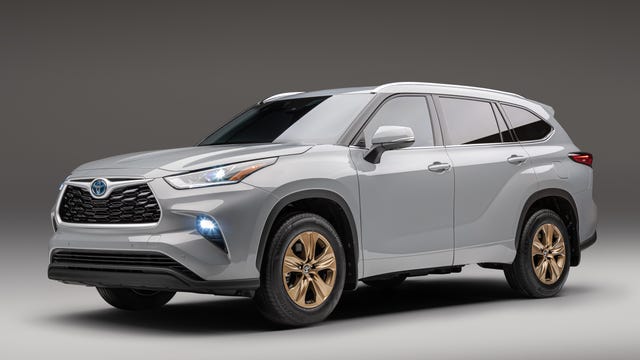20Shift: Your Daily Dose of Insight
Stay updated with the latest trends and news across various domains.
Hybrid Cars: The Coolest Way to Drive Green
Discover why hybrid cars are the ultimate eco-friendly ride! Unleash style and sustainability on the road—drive green and look good doing it!
10 Reasons Why Hybrid Cars are the Future of Green Driving
Hybrid cars represent a significant leap forward in the quest for sustainable driving solutions. As more consumers become environmentally conscious, the demand for vehicles that lower emissions and improve fuel efficiency has surged. One of the primary reasons hybrid cars are seen as the future of green driving is their ability to reduce gasoline consumption. According to the EPA, hybrid vehicles can achieve up to 60 miles per gallon, which significantly decreases the environmental footprint compared to traditional gasoline-powered cars. Additionally, hybrid vehicles often come equipped with advanced regenerative braking systems, which capture energy that would otherwise be lost during braking, allowing for more efficient energy use.
Another compelling reason hybrid cars are the future of green driving is their versatility and technological innovations. With advancements in battery technology, hybrid vehicles now offer longer ranges and shorter charging times, making them more convenient for everyday use. Furthermore, many hybrids feature eco-friendly materials in their construction, which reduces the overall environmental impact. In a world striving for cleaner alternatives, hybrid vehicles are not just a trend but a solid choice for both the environment and consumers. For more insights into the benefits of hybrid vehicles, check the Consumer Reports analysis on hybrid cars.

How Hybrid Technology Works: A Simple Guide
Hybrid technology combines traditional internal combustion engines with electric propulsion systems to enhance energy efficiency and reduce emissions. At its core, a hybrid vehicle utilizes a dual power system which allows the vehicle to switch seamlessly between the gas engine and electric motor, optimizing performance based on driving conditions. This technology generally includes three main components: an internal combustion engine, an electric motor, and a battery for energy storage. During low-speed driving, the electric motor operates independently, providing a quieter ride while consuming less fuel. Conversely, at higher speeds or during heavy acceleration, the gas engine kicks in to deliver additional power, thus improving efficiency.
There are various types of hybrid systems, such as full hybrids, which can run on either the electric motor, the internal combustion engine, or a combination of both, and mild hybrids, which support the gas engine with a smaller electric motor but cannot drive the vehicle on electricity alone. Furthermore, regenerative braking is another key feature of hybrid technology. This process captures energy typically lost during braking and stores it in the battery, enhancing the overall system efficiency. Understanding how these elements work together not only sheds light on the future of sustainable transportation but also underscores the significance of hybrid technology in reducing our carbon footprint.
Are Hybrid Cars Worth It? Pros and Cons Explained
When considering whether hybrid cars are worth it, it's essential to weigh the pros and cons. On the positive side, hybrid cars typically offer superior fuel efficiency compared to traditional gasoline vehicles. This can lead to significant savings on fuel costs over time. Additionally, many hybrid models come with tax incentives and rebates, making them more financially appealing. Furthermore, they tend to produce lower greenhouse gas emissions, contributing to a cleaner environment. For more information on the benefits, you can check this source.
On the flip side, there are some drawbacks to consider. One major con is the initial purchase price, as hybrid cars can be more expensive than their conventional counterparts. Furthermore, maintenance and repair costs for hybrid vehicles can also be higher due to their specialized components, like batteries. Lastly, while hybrids are an excellent option for many drivers, they may not perform as well in certain driving conditions, such as extreme weather or off-road situations. A detailed analysis of the drawbacks can be found in this article.